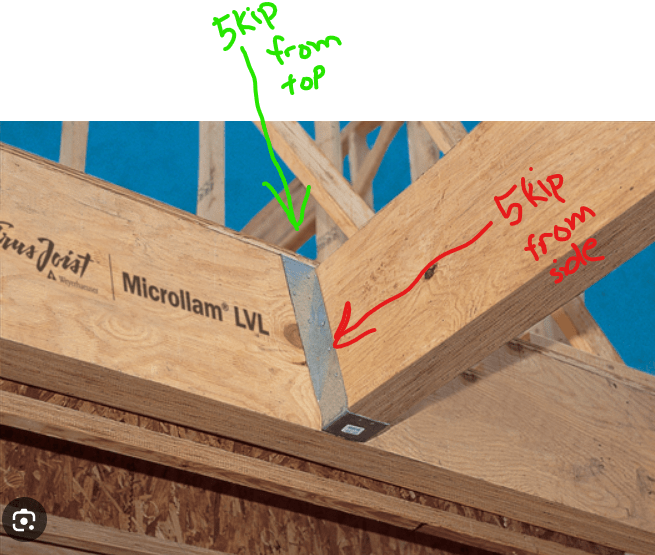In wood construction, one might call the side connection a "flush" connection which is indicative of the tops of both the supported and supporting members being at the same elevation.
In performing the sectional design of the supporting beam for bending, flexure, deflection etc, most codes will be agnostic as to whether or not the supported beam is connected to the side or the top of the supporting member. Greenalleycat mentioned a penalty for top loading which, I believe, is about the destabilizing effect of applying load above the shear center. That's valid but, in wood construction, it's pretty common for both the supported and supporting members to be laterally braced by sheathing which tends to neutralize this.
The big difference between side and top connections comes into play in the connection design itself, as opposed to the member design. This tends to be true in all materials, not just wood. Stacking a thing on top of another thing tends to be pretty close to to a sure thing. A side connection usually introduces undesirable failure modes that, then, require additional consideration.
With wood, a true side connection will introduce the possibility of the connection pulling the girder apart in tension perpendicular to grain. This is the side connection penalty to be paid in a wood beam to beam connection. That said, your photo appears to show a top flange hanger connection. I would normally consider that to represent a top loaded condition because it is the hanger that drags the applied load up to the top of the girder rather than the body of the girder needing to perform that function.

